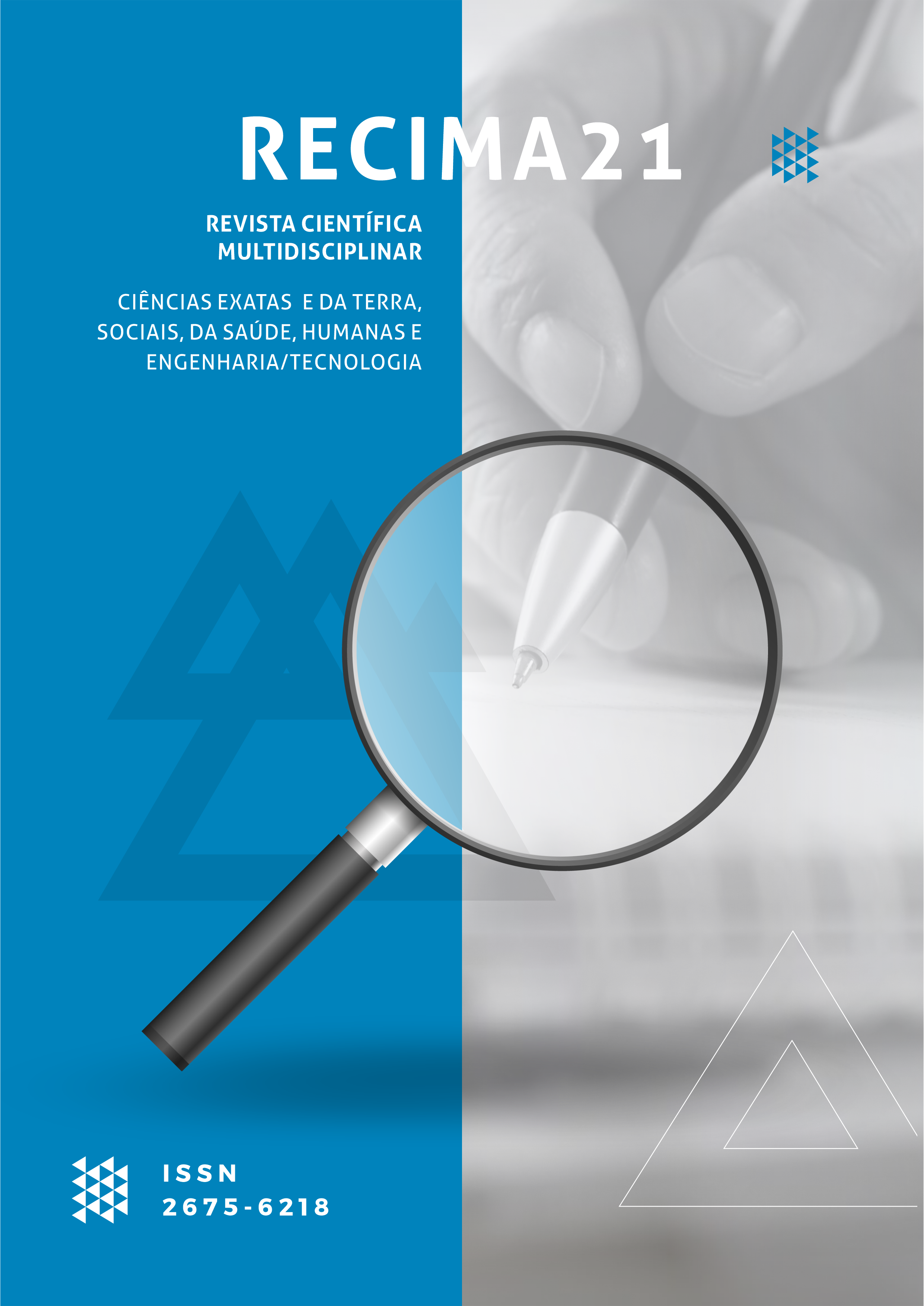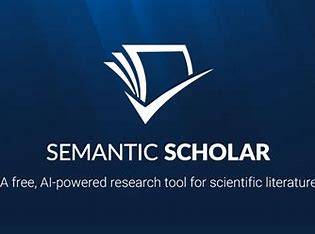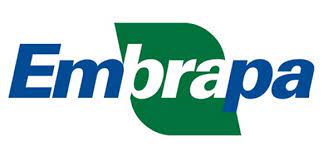THE PERFORMANCE OF NURSING IN THE TREATMENT OF WOUNDS WITH THE USE OF LASER THERAPY
DOI:
https://doi.org/10.47820/recima21.v3i11.2360Keywords:
Laser Therapy, Wounds and Injuries, Nursing Care.Abstract
The importance of laser therapy in the treatment of wounds is related to its easy application, low cost, in addition to being a non-invasive, non-pharmacological method with a low rate of side effects, and with effects such as reduction of inflammation, joint and muscle pain and improvement in the healing procedure. Thus, the objective of the study was to analyze the scientific productions about the benefits of using laser therapy in the treatment of wounds and nursing care. An integrative review was carried out in scientific databases, using the PICo strategy. From the searches, 10 full articles, available in Portuguese and English, published between 2017 and 2022 were selected. Two thematic categories were formulated to support the evidence: the benefits of laser therapy in the treatment of wounds; and the role of nurses in the treatment of wounds using laser therapy. It is possible to conclude that the evidence pointed to the improvement of healing, reduction of pain, edema and inflammation as the main benefits. Nursing practice was related to knowledge about the problem and the effects of laser therapy, correct assessment of the wound and the results obtained from the treatment, and there is still a lack of literature on nursing care in the use of laser therapy for the treatment of wounds.
Downloads
References
ALSHARNOUBI, J.; et al. Evaluation of scars in children after treatment with low-level laser. Lasers in Medical Science, v. 33, n. 9, p. 1991-1995, 2018. Disponível em: https://doi.org/10.1007/s10103-018-2572-z. Acesso em: 15 out. 2022.
CUNHA, D. R.; et al. Construção de um aplicativo multimídia em plataforma móvel para tratamento de feridas com laserterapia. Revista de Enfermagem UFPE on line, v. 12, n. 5, p. 1241-1249, 2018. Disponível em: https://periodicos.ufpe.br/revistas/revistaenfermagem/article/viewFile/230676/28867. Acesso em: 15 out. 2022.
EZZATI, K.; et al. A comparative study of the dose-dependent effects of low level and high intensity photobiomodulation (laser) therapy on pain and electrophysiological parameters in patients with carpal tunnel syndrome: a randomized controlled trial. European Journal of Physical and Rehabilitation Medicine, v. 56, n. 6, p. 733-740, 2020. Disponível em: https://doi.org/10.23736/s1973-9087.19.05835-0. Acesso em: 15 out. 2022.
FAVRETO, F. J. C.; et al. O papel do enfermeiro na prevenção, avaliação e tratamento das lesões por pressão. Revista Gestão & Saúde, v. 17, n. 2, p. 37-47, 2017. Disponível em: https://www.herrero.com.br/files/revista/filea2aa9e889071e2802a49296ce895310b.pdf. Acesso em: 05 out. 2022.
FERREIRA, L. P. S.; et al. O uso da laserterapia de baixa intensidade na prática do enfermeiro: uma revisão integrativa. Research, Society and Development, v. 10, n. 14, p. e422101422325-e422101422325, 2021. Disponível em: Acesso em: 05 out. 2022.
GONÇALVES, J. G. A.; et al. Laserterapia aplicada ao tratamento da mucosite oral em pacientes oncológicos. Uma análise bibliométrica. Research, Society and Development, v. 9, n. 7, p. e815974938-e815974938, 2020. Disponível em: https://rsdjournal.org/index.php/rsd/article/download/4938/4240. Acesso em: 05 out. 2022.
HAMBLIN, M. R. Mechanisms and applications of the anti-inflammatory effects of photobiomodulation. AIMS biophysics, v. 4, n. 3, p. 337, 2017. Disponível em: https://www.ncbi.nlm.nih.gov/pmc/articles/PMC5523874/pdf/nihms879874.pdf. Acesso em: 15 out. 2022.
LUCENA, A. F.; et al. Laser em feridas: translação do conhecimento para uma prática efetiva e inovadora na enfermagem. Revista Gaúcha de Enfermagem, v. 42, e20200396, 2021. Disponível em: https://www.scielo.br/j/rgenf/a/3sNGbDhVNtXL8kccmchVw4L/?format=pdf&lang=pt. Acesso em: 15 out. 2022.
MEDEIROS, D. M.; et al. Effects of low-level laser therapy on hamstring strain injury rehabilitation: A randomized controlled trial. Physical Therapy in Sport, v. 42, p. 124-130, 2020. Disponível em: https://doi.org/10.1016/j.ptsp.2020.01.006. Acesso em: 15 out. 2022.
MENDES, K. D. S.; SILVEIRA, R. C. C. P.; GALVÃO, C. M. Uso de gerenciador de referências bibliográficas na seleção dos estudos primários em revisão integrativa. Texto & Contexto Enfermagem, v. 28, n. e20170204, p. 1-13, 2019. Disponível em: http://www.scielo.br/pdf/tce/v28/pt_1980-265X-tce-28-e20170204.pdf. Acesso em: 12 out. 2022.
OLIVEIRA, A. C.; et al. Efficacy of low power laser therapy in diabetic ulcers. Research, Society and Development, v. 10, n. 13, p. e569101321608. Disponível em: https://doi.org/10.33448/rsd-v10i13.21608. Acesso em: Acesso em: 18 out. 2022.
OLIVEIRA, R. A.; et al. Low-intensity LED therapy (658 nm) on burn healing: a series of cases. Lasers in Medical Science, v. 33, n. 4, p. 729-735, 2018. Disponível em: https://doi.org/10.1007/s10103-017-2399-z. Acesso em: 15 out. 2022.
OSMARIN, V. M.; et al. Cicatrização de úlceras venosas tratadas com terapia convencional e laser adjuvante: existe diferença?. Revista Brasileira de Enfermagem, v. 74, n. 3, p. e20201117, 2021. Disponível em: https://doi.org/10.1590/0034-7167-2020-1117. Acesso em: 15 out. 2022.
PAULO, G. M. L.; et al. Cuidados de Enfermagem a um Adolescente com Necrólise Epidérmica Tóxica: Relato de Caso. Revista de Divulgação Científica Sena Aires, v. 10, n. 2, p. 224-228, 2021. Disponível em: http://revistafacesa.senaaires.com.br/index.php/revisa/article/download/705/614. Acesso em: 15 out. 2022.
PÉREZ JÚNIOR, E. F.; et al. Lowlevel laser therapy: Characteristics of clients treated at the Clinical Podiatrics servisse. Research, Society and Development, v. 10, n. 4, p. e36610414099, 2021. Disponível em: https://rsdjournal.org/index.php/rsd/article/view/14099. Acesso em: 18 oct. 2022.
SILVA, A. H.; FOSSÁ, M. I. T. Análise de conteúdo: exemplo de aplicação da técnica para análise de dados qualitativos. Dados em Big Data, v. 1, n. 1, p. 23-42, 2017. Disponível em: http://oficinas.incubadora.ufsc.br/index.php/Lucasfranco/article/viewFile/2336/2155. Acesso em: 12 out. 2022.
SOUSA, A. Os benefícios da laserterapia. Disponível em: https://espacofuncionalidade.com.br/os-beneficios-da-laserterapia/. Acesso em: 21 set. 2022.
VAGHARDOOST, R.; et al. Effect of low-level laser therapy on the healing process of donor site in patients with grade 3 burn ulcer after skin graft surgery (a randomized clinical trial). Lasers in medical science, v. 33, n. 3, p. 603-607, 2018. Disponível em: https://doi.org/10.1007/s10103-017-2430-4. Acesso em: 15 out. 2022.
Downloads
Published
How to Cite
Issue
Section
Categories
License
Copyright (c) 2022 RECIMA21 - Revista Científica Multidisciplinar - ISSN 2675-6218

This work is licensed under a Creative Commons Attribution 4.0 International License.
Os direitos autorais dos artigos/resenhas/TCCs publicados pertecem à revista RECIMA21, e seguem o padrão Creative Commons (CC BY 4.0), permitindo a cópia ou reprodução, desde que cite a fonte e respeite os direitos dos autores e contenham menção aos mesmos nos créditos. Toda e qualquer obra publicada na revista, seu conteúdo é de responsabilidade dos autores, cabendo a RECIMA21 apenas ser o veículo de divulgação, seguindo os padrões nacionais e internacionais de publicação.

 Clique para ver detalhes
Clique para ver detalhes 











